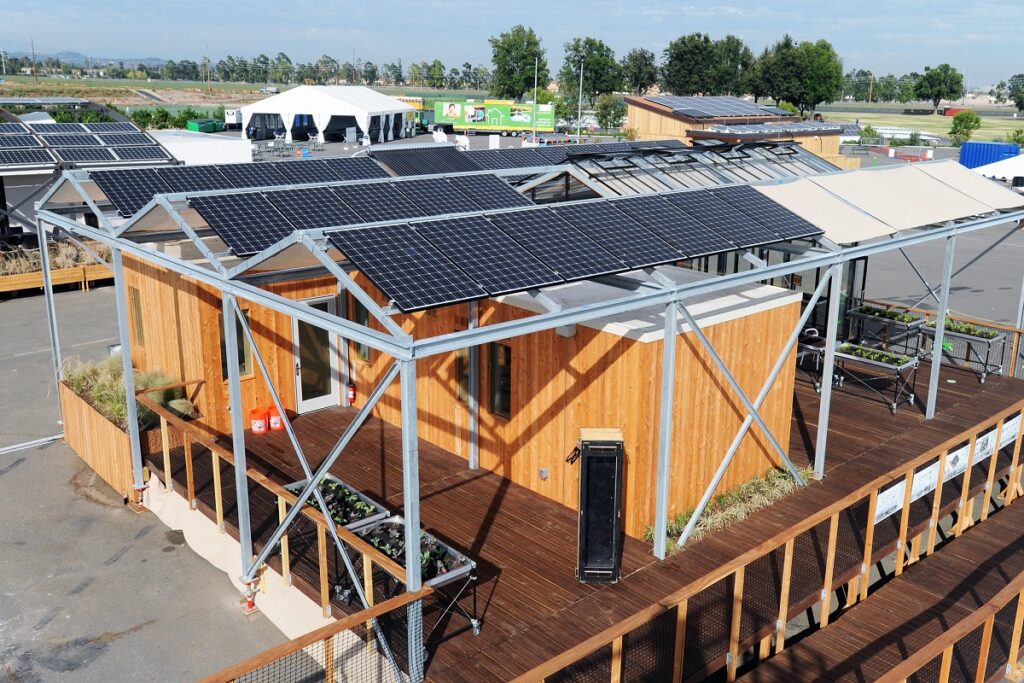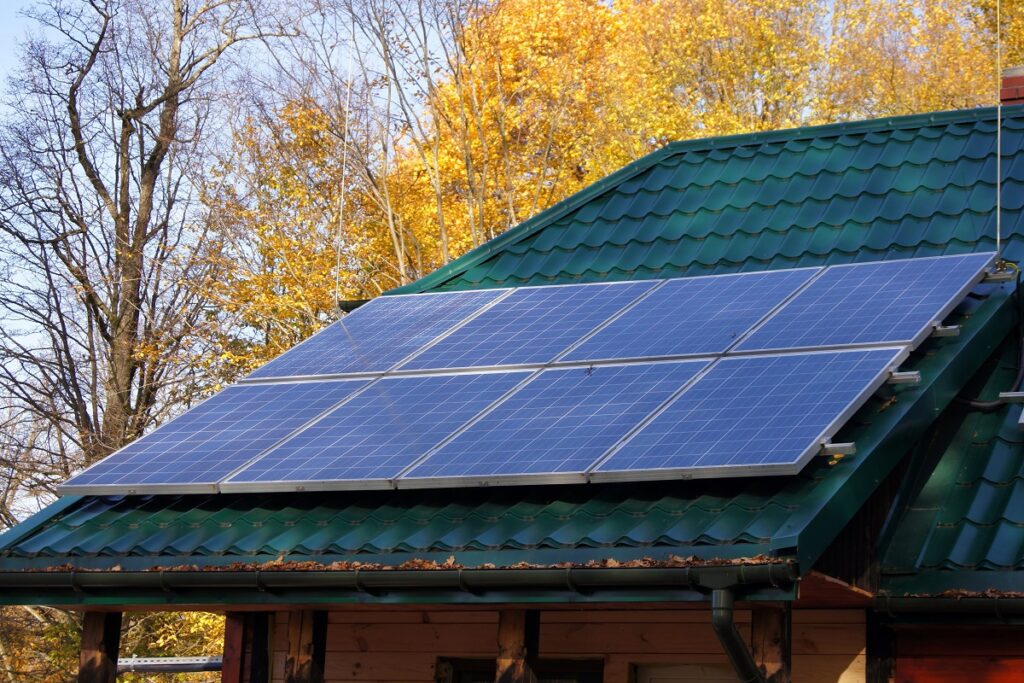The Ultimate Guide to Solar-Powered Grow Room Setup
Setting up your grow room with renewable energy involves the activities before, during, and after installing a solar system to power your grow lights. There are certain considerations for indoor growers to make to ensure the solar setup is flawless.
Research has shown that roughly 1% of America’s electricity is used to cultivate indoor growing plants or crops. This may sound insignificant, but when you know how much 1% equates to, it’s a whole lot in electricity bill. This tells us that indoor growing involves massive energy consumption. Interestingly, this percentage is speculated to triple by 2035 as there will be more grow rooms and hobby gardeners.
Though there are multiple reasons why people use grow rooms for cultivating their plants, the most common reason is that these agriculturists want to grow their plants in an environment where they can control and protect these plants from the unpredictability of natural weather conditions.

Before we delve into the setup of a grow room with solar panels, let’s first look at what they need to consider to facilitate the setup process.
What to Consider Before the Grow Room Setup with Solar Panels?
The major things to consider include how much electricity you consume and your power rating. Knowing these is very important before the setup because you’ll know the exact number of solar panels you’ll need to install. Let’s look at their meaning.
Calculating Your Power Consumption
To accurately calculate the power consumption needed for the grow room, you need to be aware of the sunlight hours in your location, and the energy consumption of your LED grow lights.
Using average numbers, the grow light utilizes about 30 watts of electricity per square foot covered. To get its daily consumption rate (which is denoted by Watt-hours), you need to know the duration of its usage every day as well as the exact wattage it consumes during this period.
Power consumption = watts x run time.
So, if your grow lights have a power usage of 4oo watts and the run time is 8 hours, that’s 400 watts x 8 hours = 3200Wh (3.2 kWh).
Assuming you own three grow tents that are 4 by 4 feet in dimension and you use one bulb for each tent, your daily power consumption will be:
The total daily power usage is 400 watts x 3 = 1200 watts.
The total power consumption will then be 1200 watts x 8 hours = 9600 watts (9.6 kWh)
Calculate Your Power Rating
This refers to the capacity of the solar system you want to install. To do this, you need to divide your total consumption by the run time of the grow lights.
Using the numbers above, 9600 watts/8 hours = 1200 watts. So, you’ll need a 1.2-KW system.
What You Need for the Setup Process
To setup your grow room with solar power, you need the following;
- Solar-Powered Grow Lights
- Solar Panels
- Batteries
- Inverters
- A Timer
- Maximum power point tracking (MPPT) charge controller (optional)
The Setup Process
Phase 1: Install the Solar System
There are two ways to install your solar system. The first way is to hire professional solar installers or do it yourself. If you’re opting for the latter, it will involve the following steps;
- Erect a scaffolding
- Install mounts for the solar panels
- Install the panels
- Wire the panels
- Install the inverter
- Connect the inverter and battery
- Connect the inverter to the grow tent
- Test your panels
Phase 2: Install the Grow Lights
We recommend installing these lights by hanging them.
- Get a pulley system. Alternatively, you can opt for a chain system
- Hang your grow lighting on these systems and make sure they’re installed in an optimal position, such as the middle of the tent
- Connect the Light to the timer to ensure day and night cycles and regulate the amount of light they receive
The Benefits of Using Solar Systems for the Indoor Growing Process

The adoption of solar technology to power grow lights has come with several benefits. Some of the common ones include:
It Can be Used to Power your Water Supply System
An increase in world population has stressed the Earth’s resources, including freshwater sources. The emergence of these grow rooms, and their integration with solar technology provides some sort of relief on these resources, and this includes using a solar-powered drip irrigation system to supply nutrient-rich water to the plants.
All these agriculturists need to do is install extra panels that will provide sufficient power for the irrigation system and connect it to a smart system for convenient configuration based on the growth stage of the plants, soil moisture level, and so on.
It’s Energy-Efficient
We discussed earlier that the business of running grow rooms is energy-intensive because it involves the utilization of electricity to power artificial lights such as grow lights to enable the plants to grow well and stay healthy. Whether it’s direct sunlight or grow light, plants require a form of lighting. Otherwise, they’ll become malnourished and vulnerable to diseases.
Also, solar power, like other forms of renewable energy, is energy-efficient. The improvements in solar technology have made solar panels cheaper in cost and capable of generating more usable electricity from the sun compared to before.
Reduces Energy Usage
Using solar power to provide electricity for your grow room significantly reduces your energy consumption from the grid, and this means lower utility bills. Aside from the initial cost of purchasing and installing a solar system, you won’t have to spend anything else, saving you a lot of money in the long run. The source of your energy (the sun) is free of charge. In summary, using solar-powered grow lights is a viable option if you want to reduce your utility bills or have no bills to pay.
Avoiding Blackouts or Brownouts
Running your grow rooms with electricity from the grid comes with a risk because when there’s a short-term or long-term power outage, it can affect the growth of your plants, especially when they’re still tender. However, with your solar panels in place, you can provide backup power.
It’s Eco-Friendly
Using a solar-powered system also removes the need to utilize fossil fuel as a backup when there are power outages. This ensures your farming activities don’t emit greenhouse gases and goes a long way in reducing your carbon footprint on the environment.
Ideal for Remote Farms
Suppose you intend to run a grow room in an area that’s not connected to the electric grid. In that case, solar power is your best bet because of the earlier-mentioned reasons. Besides, it’s a very reliable and cost-effective lighting source. If you were to opt for electricity from the grid, the costs of powering your farm will be much more than if you relied on solar energy.
